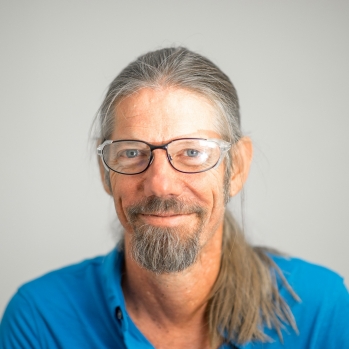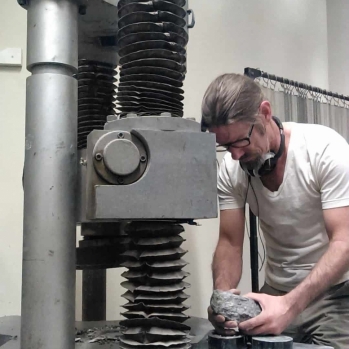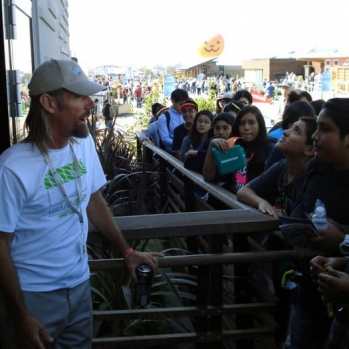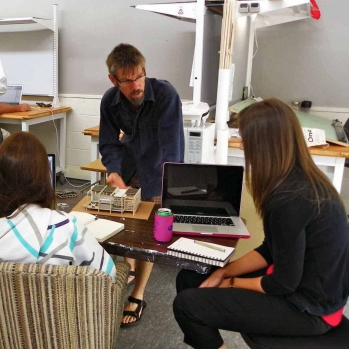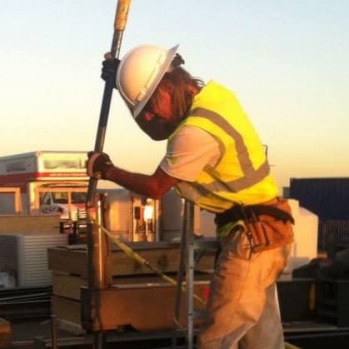BIO
Climate change has simplified sustainable design. For the time being, sustainability is a quantity not an emotion, and climate change is the new gravity: a physical design constraint plain and simple. The fun part is that as designers we get to save the world, but only if we can generate form and performance simultaneously.
My contribution is work to develop and apply sustainable and resilient building systems toward a zero resource architecture. I split my creative time between (1) applying research into low-tech, high performance materials, assemblies, and systems to the design and construction of small buildings and their micro-climates with the goal of repeatable and quantifiable reductions in project carbon footprint; and (2) developing architectural workflows that allow performance modeling and simulation to inform form making. No more “Formitecture”. No more simulations as conduits for graphics. To solve perhaps the most exciting design challenge since fire, we need engineering in our form, and art in our algorithms.
I am a Licensed Architect, hold a Master of Architecture from the University of North Carolina Charlotte, and have experience in construction as a builder and design as the principal of my own residential design and consulting firm. I have written three books and numerous articles on topics related to sustainable design. In academia, I have taught a variety of studios and core courses in both architecture and engineering and have conducted research that covers a wide range of topics from developing building envelope thermal simulation tools, to high performance low-carbon material science, to methodologies for teaching sustainable design. My design/build work with students features two Solar Decathlon competitions including the 2015 winning entry from Stevens Institute of Technology where I am currently an Industry Associate Professor on the Design Faculty.
